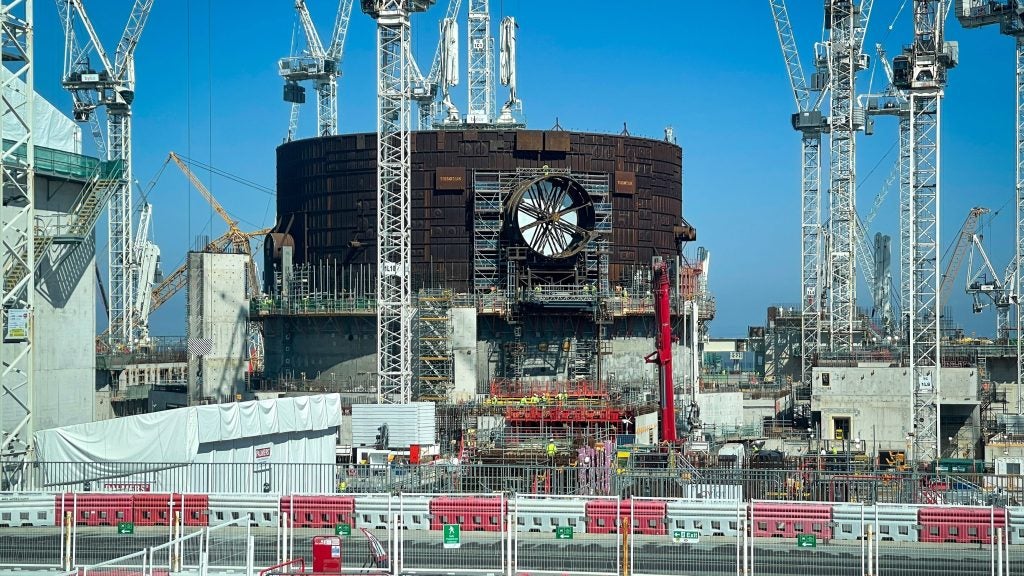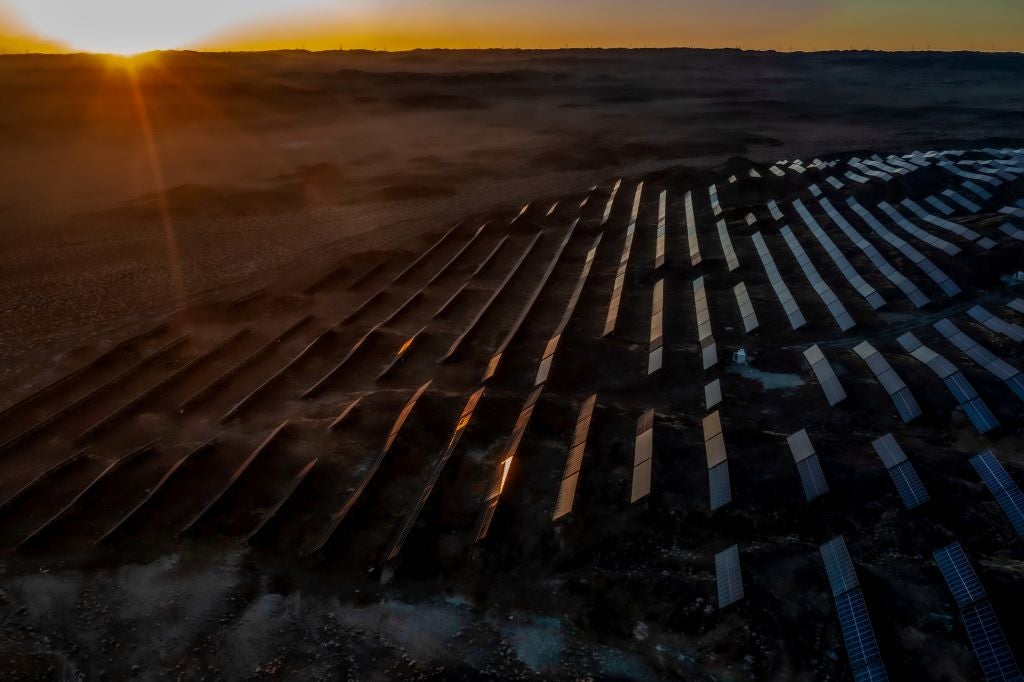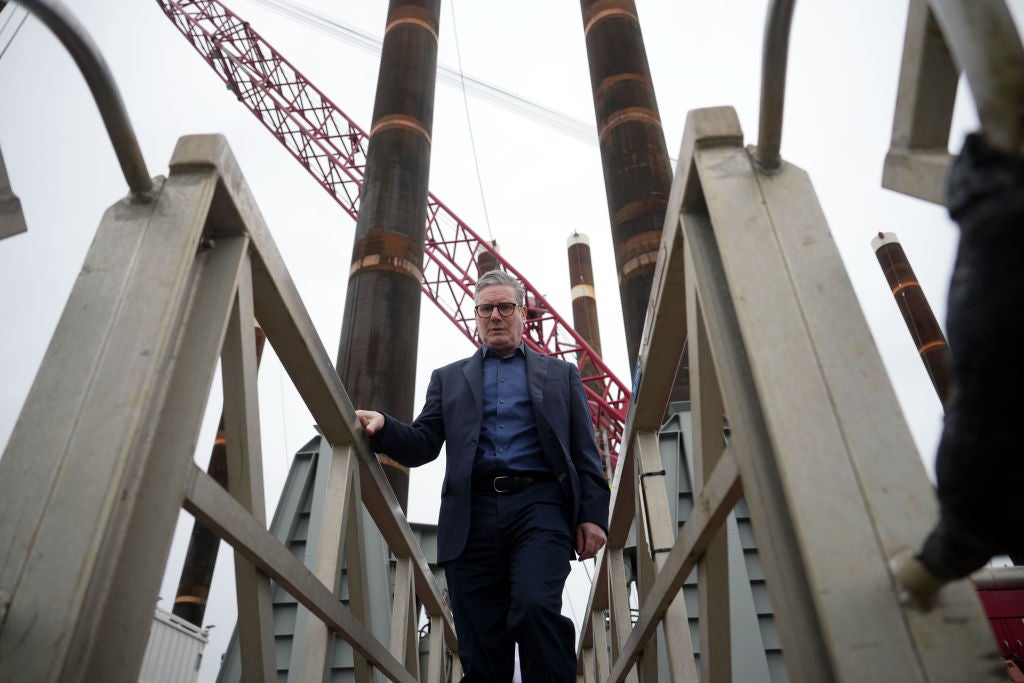The rise of renewables, enthusiasm for electric vehicles (EVs) and hype around hydrogen are all well documented, but how we transport energy to where it is needed gets a lot less attention. The EU’s first legislative proposal on energy under the European Green Deal is a step to redress this imbalance. In December 2020, the European Commission published plans to revise the Trans-European Networks for Energy (TEN-E) regulation with the aim of aligning support for energy infrastructure with the EU climate neutrality objective.

Governments have a big role to play in making sure the networks for net zero are in place. With electrification at the core of decarbonisation, the biggest challenge is a modern, comprehensive, reactive power grid.
However, the International Energy Agency (IEA) warns that grid spending is at risk of falling short. “Global grid spending would need to rise by some 50% over the next decade to meet long-term sustainability goals,” it said in its World Energy Investment 2020 report. Instead, power grid investment declined for the third consecutive year in 2019 and was expected to fall again, by around 9%, in 2020. Most of the decline came from China, driven by regulatory changes and reduced grid tariffs, but investment in Europe has languished too. Only the US bucked the trend, taking the top spot for grid investment for the first time in a decade.
Mark Dyson, who works on carbon-free electricity at the Rocky Mountain Institute, a Colorado-based think tank, gives three explanations for why utilities in the US have decided to spend on grids.
How well do you really know your competitors?
Access the most comprehensive Company Profiles on the market, powered by GlobalData. Save hours of research. Gain competitive edge.

Thank you!
Your download email will arrive shortly
Not ready to buy yet? Download a free sample
We are confident about the unique quality of our Company Profiles. However, we want you to make the most beneficial decision for your business, so we offer a free sample that you can download by submitting the below form
By GlobalDataFirst, a long period of underinvestment, with regulated utilities preferring to place their capital in generation projects from the early to mid-2000s, he says, causing grid investment to stagnate. Today’s investments are in part a recognition of this.
See Also:
Improving grid resilience to cope with the climate agenda, both in terms of more renewables and greater risks from extreme weather, is the second driver, Dyson says. Protection against physical attacks and cybersecurity is an additional need.
Finally, investment in new utility-owned power plants is hard to justify, with no business case for new coal plants and ample capacity at existing gas plants, so utilities are spending on grids instead.
Digitalising the entire grid
Investments in distribution, or medium and low-voltage grids, is especially critical for the energy transition. These wires traditionally carry power the ‘last mile’, picking up where the transmission or high-voltage grid leaves off to take electricity into businesses and households. In a decarbonised energy system, they are at the core of the action. Solar panels and wind turbines – with the exception of offshore wind – are typically connected to the distribution, not transmission, grid. So are EVs and heat pumps.
In January 2021, Brussels-based trade association Eurelectric presented a first estimate of how much Europe (the EU 27 plus the UK) needs to invest in its distribution grids over the next decade to get on track to achieving a climate-neutral economy: about €400bn, or a 50–70% increase on current investment levels. Three drivers underpin this increase: electrification, renewables and modernisation.
Eurelectric and its study partner E.DSO, representing electricity distribution system operators (DSOs), expect that in 2030 there will be an extra 40–50 million heat pumps (up from 11.8 million in 2019), 50–70 million EVs (20–25% of the total car fleet, up from less than one million today) and an extra 335 terawatt-hours of power demand from industry, including for hydrogen-based e-fuels. These are huge numbers, especially for EVs, and they give an idea of the implications of mass electrification.
EV charging, for example, can contribute to energy system efficiency by smart charging and decharging, but may also increase capacity needs in distribution grids and push up costs.
[Keep up with Energy Monitor: Subscribe to our weekly newsletter]
In terms of renewables, trade associations expect an additional 500GW of capacity by 2030, or double what is available today. A total of 70% of that would be connected to the distribution grid, rising to over 90% in Germany because most of it would be small solar PV installations in the countryside.
The most important investment driver, however, is modernisation or replacing ageing infrastructure, said Kristian Ruby, secretary-general of Eurelectric, at the launch of the organisation’s study in January. That is joined by a pressing need to follow the US’s lead and make the grid more resilient, digitalise it and roll out smart meters. Again, the numbers are daunting. In Europe, smart meter penetration needs to jump from 35% today to over 80% in 2030, and digitalisation from less than 15% today to, basically, the entire grid. Investments in digitalisation are taking an increasing share of total grid investments.
Get ready for tens of millions of EVs
Despite the big numbers, Eurelectric and E.DSO project a mere 1.5% increase in the unit cost of electricity in Europe, less than inflation, forecast at 2%. That is because grids make up only a portion of electricity bills, about one-third on average, and distribution is only part of that.
The picture is very different in the US, where electricity prices are a lot lower than in Europe, partly because of lower taxes, but also because gas is so cheap. As a consequence, distribution system investments will push up electricity bills “quite a bit” once gas prices creep up even a little, Dyson explains.
DSOs in Europe are looking to policymakers to recognise and enable their build-out with favourable laws and cash. Leonhard Birnbaum, COO (and from April 2021, CEO) of grid and retail energy giant E.ON, suggests DSOs want policymakers to enable them to invest as if the future were already here, as if there were already tens of millions of EVs on the streets. “Everybody has a major increase in investment needs compared to in the past,” he warns. If we invest too little or too late, the increase will be significantly higher.”
Tariffs for transition
Unsurprisingly, regulators, who are responsible for distribution tariffs, are not quite so gung-ho. Regulators are “well aware” of DSOs’ investment needs, but they doubt the figure need be quite so high, says Annegret Groebel from German regulator Bundesnetzagentur and president of the Council of European Energy Regulators. They worry that “offsetting effects” – that investment in one area, such as digitalisation, could reduce investment needs in another, such as modernisation – have not been sufficiently taken into account.
Global grid spending would need to rise by some 50% over the next decade to meet long-term sustainability goals. IEA
“Tariffs need to enable and encourage flexibility, but this does not necessarily automatically result in an increase in infrastructure investment only,” Groebel says. She sees substantial untapped potential in the procurement of flexibility on the market, through demand response for example, in addition to updated hardware.
In a new report on distribution tariffs out this week, the Agency for the Cooperation of Energy Regulators calls for a stronger role for national regulators in setting them. Under EU law, their remit includes making sure tariffs “facilitate innovation in the interest of consumers in areas such as digitalisation, flexibility services and interconnection” and that they take into account “sustainability”. Regulators say decarbonisation already cuts across their work, even as grid operators argue regulators need a clearer remit to facilitate the energy transition.
In the US, only “a very small fraction” of grid investment is going into measures that really further the energy transition, Dyson says. Most of the money is flowing to projects like burying power lines underground to improve physical resilience and making up for years of underinvestment. Technologies such as Integrated Volt/VAR Control (IVVC), which would give utilities more ability to actively control power flows, limit losses and reduce peak demand, are not really benefiting, he says.
Redefining ‘cross-border’
The EU’s new TEN-E regulation “will support an increased role for distribution systems”, EU energy commissioner Kadri Simson said in January 2021. By 2050, the share of electricity in the European energy mix is supposed to at least double and a large share of that will be connected to medium and low-voltage grids, she confirmed.
TEN-E sets out selection criteria for so-called projects of common interest in energy, which are eligible for faster permitting and can apply for funds from the Connecting Europe Facility (CEF). It has historically promoted large cross-border electricity and gas interconnections – not distribution-level projects – to the tune of approximately €5bn in CEF money from 2014–20.
Despite a new focus on the local level, DSOs and NGOs are unimpressed by the Commission’s plans. “Fundamentally, nothing has changed,” says Gert De Block, secretary-general of the European Federation of Local and Regional Energy Companies (CEDEC). “Decentralised projects still get too little attention. ‘Cross-border’, still defined as two companies from two different countries, remains the decisive criterion, including for hydrogen projects.”
Ruby agrees. “Policymakers are not taking on board the full structural implications of the energy transition,” he says. “For them, a cross-border connection is still a physical wire from A to B.” In addition, he remains unconvinced that electricity grids are getting the attention they need vis-à-vis gas.
TEN-E is now in the hands of the European Parliament and EU member states, and it remains to be seen if they take on board some of these criticisms.
Accountability
Another potential pot of money for distribution grids could come from the European Investment Bank (EIB), now positioning itself as Europe’s “climate bank”. Over the past few years, it has spent €2.6bn a year on grids, about half of that on medium and low-voltage networks, Manual Baritaud, a senior EIB economist, told DSOs in January 2021.
Decentralised projects still get too little attention. Gert De Block, CEDEC
The bank sees a “huge” investment gap and intends to help fill it, he said. “The key barrier is that the distribution industry is fragmented. Very often projects need to be aggregated to be financed by us, which brings some complexity.” Another barrier is that projects are often “very forward looking”, he added. Birnbaum’s call to invest as if there were already tens of millions of EVs on the streets is not an easy one for investors to answer.
Yet it is undeniable that distribution grids are moving up the political agenda. In Brussels, a new DSO body will be launched this spring to give DSOs formal representation in the EU institutional framework for the first time. The Commission is also working on a network code, or technical rules, on demand-side flexibility. This should facilitate access to the market for all types of flexibility providers, from battery managers to demand response aggregators.
Across the Atlantic, the formal regulatory capacity of the Biden administration is quite limited when it comes to distribution grid investment, says Dyson, because this is largely decided at state level. However, he expects regulators to start holding utilities with multibillion-dollar grid investment plans to a higher standard to ensure they reduce costs and accelerate the energy transition. What the money is spent on will be as important as how much of it is available.








